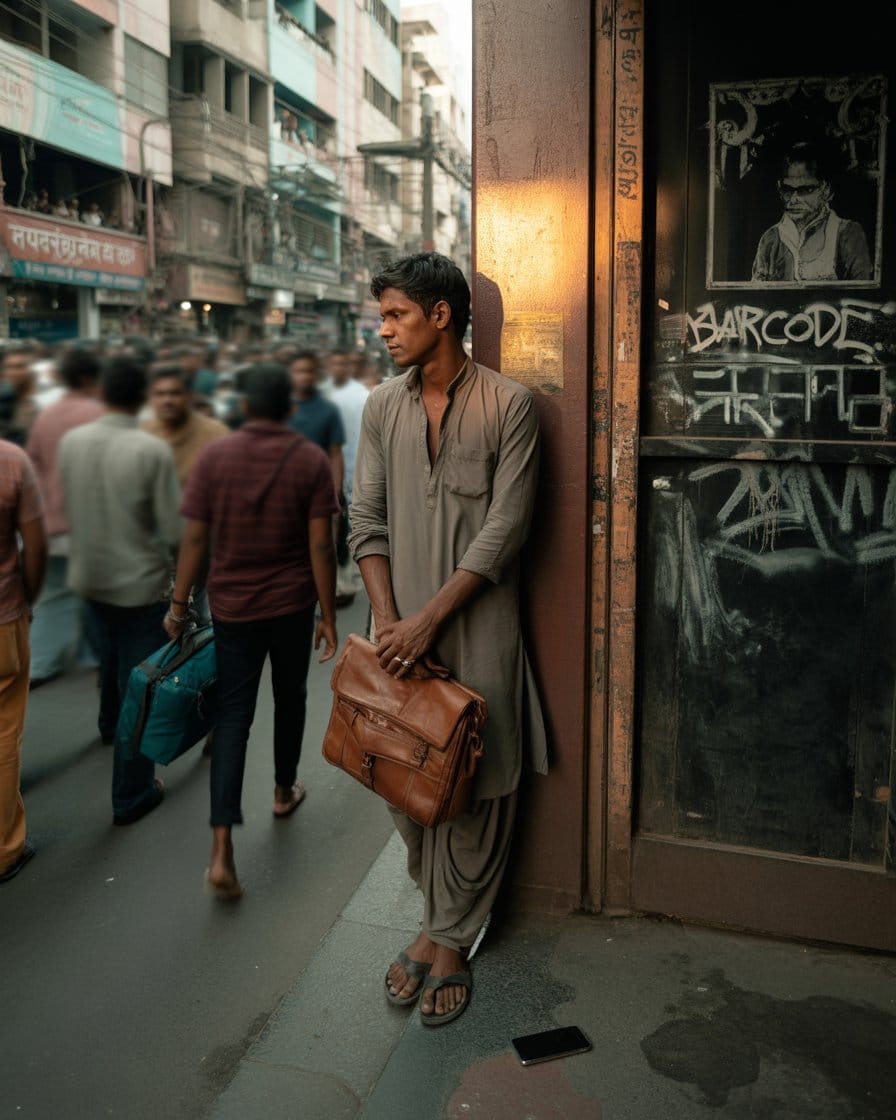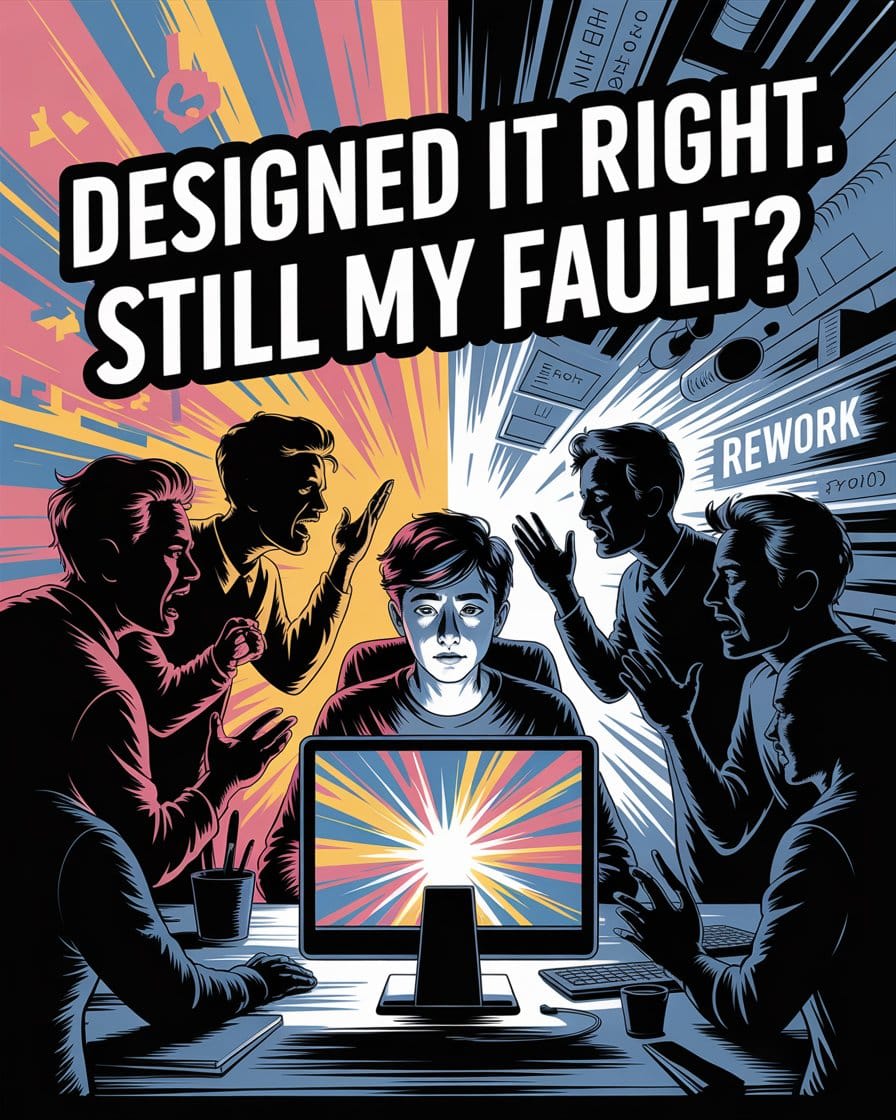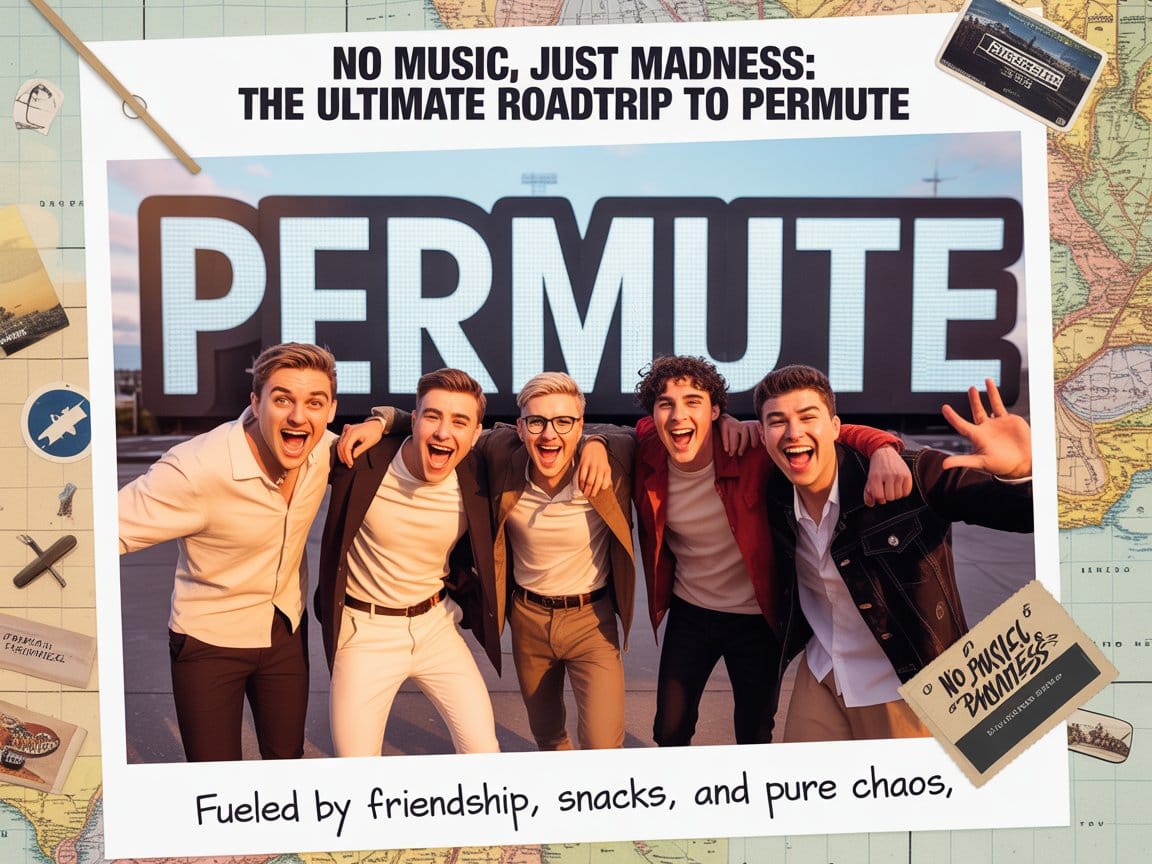The Dangerous Cam Ever Found

We all love our cameras, don’t we? From capturing the perfect sunset to that accidental selfie where your face looks like it’s melting—cameras are our best friends. Whether it’s freezing a moment in time or making sure our Instagram feeds look on point, cameras have become an essential part of our lives. But here’s a question: have you ever considered that the most dangerous camera isn’t the one in your pocket? No, it’s not that fancy DSLR or your latest smartphone. It’s something you’ve had since birth. It's the two cameras you carry around every single day—your eyes.
Yes, the human eye is the most dangerous cam in the world. And why, you ask? Well, it doesn’t just see things; it stores them and sends them straight to the most unreliable processor ever created—the human brain. And if there’s one thing our brains love to do, it’s twisting simple, harmless moments into full-blown dramatic movies, with a plot twist at every corner.
Take this for example—based on a real story, mind you. Two friends, a boy and a girl, were as close as siblings. They practically acted like brother and sister. They shared inside jokes, cared for one another, and spent plenty of time together, like any siblings would. Totally innocent, right? Well, not to the society we live in.
As soon as people around them noticed their closeness, their “dangerous cams” went into overdrive. You could practically hear the gears turning in their heads as they started to whisper, speculate, and jump to the most far-fetched conclusions. “Oh, are they dating?” “There’s definitely something going on between them.” “I bet they’re secretly a couple.”
Hold up, society—what happened to just being friends, or in this case, brother and sister in spirit? Well, that’s where the dangerous cam comes in. Our eyes capture a perfectly innocent situation, but our minds (always eager for a juicy story) spin a whole soap opera out of it. And before you know it, these two friends were suddenly the main characters in a drama they never signed up for.
They tried to explain themselves—over and over again. But you know how it goes. Once society’s dangerous camera clicks, the image it creates sticks. And the more people saw them together, the more “evidence” their minds processed, feeding into a false narrative that spiraled out of control. The damage was done. Their friendship, built on trust and mutual respect, became the subject of gossip and judgment. People, rather than understanding the truth, preferred the version they’d made up.
And here’s the kicker: it didn’t matter what these two friends did after that. No matter how clearly they explained their sibling-like bond, society’s cam had already captured a “scandal” that didn’t exist. The hurt? Oh, it was real. These two friends felt completely misunderstood, trapped in a world that seemed more interested in drama than in seeing things for what they truly were.
This brings us to the real problem. It’s not just the eyes themselves—it’s what happens next. You see something innocent, but your mind starts creating an alternate version, often focusing on the negative. You look at a simple friendship, and suddenly it’s a love triangle, a secret affair, or whatever makes the juiciest headline. Why do we do that? Because, honestly, people love drama. It’s more fun to imagine scandal than to accept the truth.
So, next time you see something or someone, stop for a second and ask yourself: "Am I really seeing the truth, or is my mind working overtime, trying to spice things up?" In a world where everyone has eyes, and everyone has a mind, it’s important to remember that not everything is as it seems. Sometimes, it’s just two friends, not a soap opera waiting to happen.
Be careful out there. The most dangerous cam isn't in your phone. It’s the one in your head.



